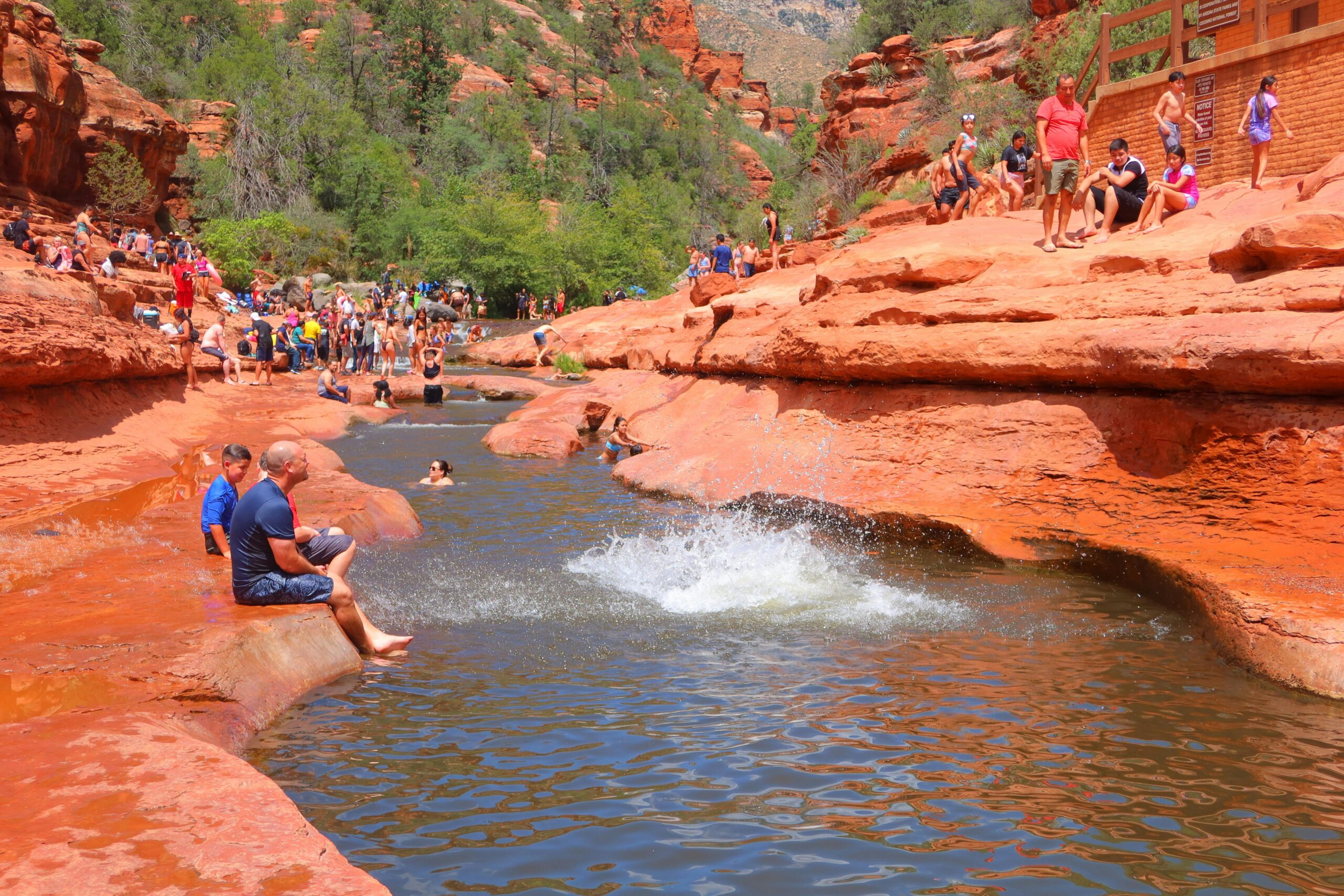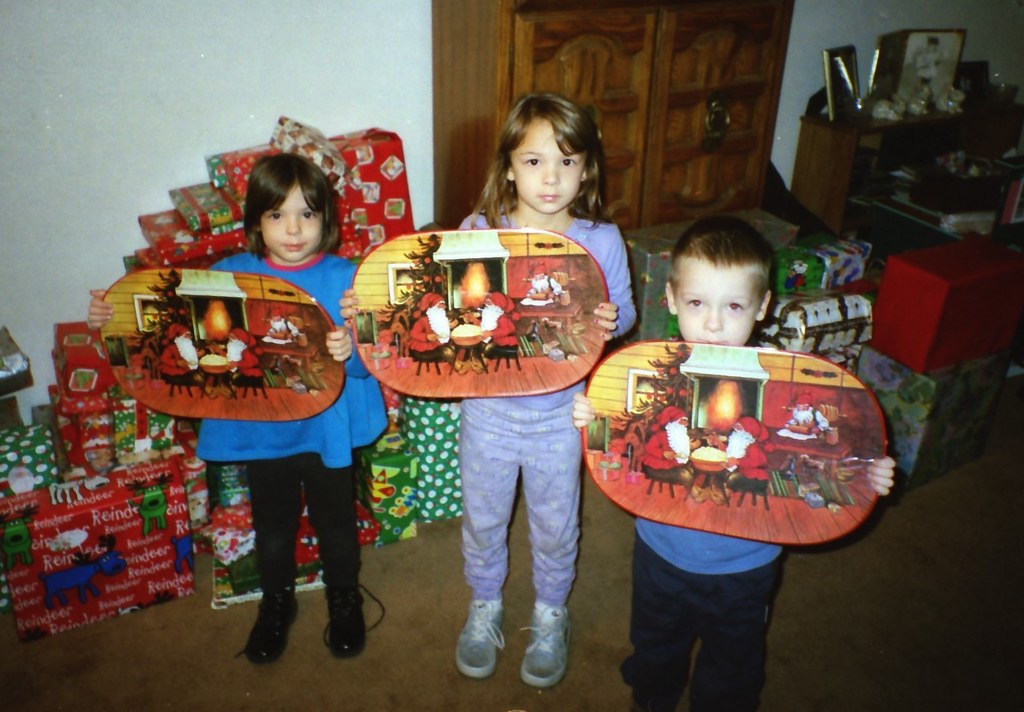There’s a fine line between “hidden gem” and “please stop coming here,” and unfortunately, a lot of American towns have crossed it. You know the ones—once-chill spots that got too popular thanks to TikTok travel guides, glossy influencer photos, or, let’s be real, a certain vampire franchise. Now, the trails are trampled, the coffee lines are eternal, and the locals are one sunset away from putting up No Tourists Allowed signs in Comic Sans.
From mountain towns overrun by remote workers to beach communities crushed under cruise ship crowds, these 14 places are the definition of “we were fine before y’all showed up.” Don’t get us wrong—tourism can be great! It brings money, attention, and sometimes really good pizza. But when it drives out longtime residents, trashes the environment, and turns charming neighborhoods into selfie stages? Yeah, it’s giving main character energy, and not in a good way. Let’s take a peek at the towns where locals say tourists didn’t just visit—they ruined everything.
1. Sedona, Arizona
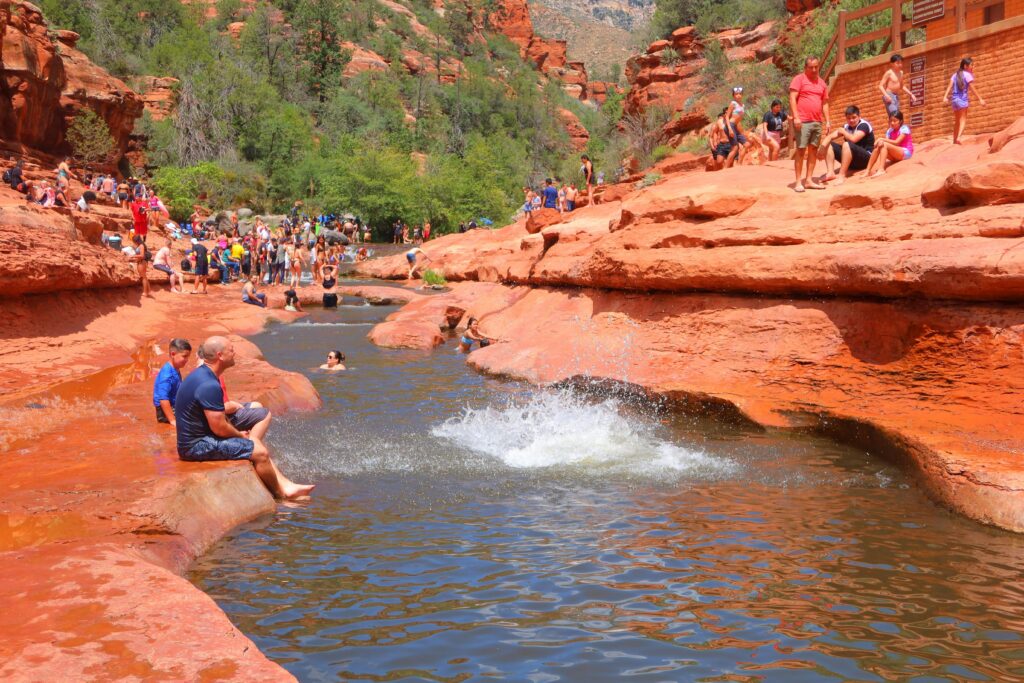
Once a peaceful desert oasis famed for red-rock hiking and New Age retreats, Sedona has become ground zero for the short-term rental apocalypse. Investors have turned charming adobe homes into Airbnb gold mines, hiking the median rent through the roof and forcing teachers, firefighters, and artists out of town. According to WIRED, locals like Kaitlin have faced steep rent hikes and evictions as homes vanish from the long-term market. Main Street now looks like a revolving door of tourists with selfie-sticks, and the parking lot at Cathedral Rock fills up faster than you can say “vortex.”
City Hall tried to stem the tide with a pilot “Rent Local” program, but it’s been all hat, no cattle: Airbnb remains more profitable, so most owners stick with vacationers. The housing crunch has worsened workforce shortages in schools, restaurants, and galleries, leaving service gaps just when tourism spikes. Even the famed Jeep tours can’t distract from the fact that Sedona’s character is being sold off one night at a time. Folks dream aloud of upending the system with tougher short-term rental rules, but for now, they’re stuck watching their hometown become a filter-ready Instagram backdrop.
2. Juneau, Alaska
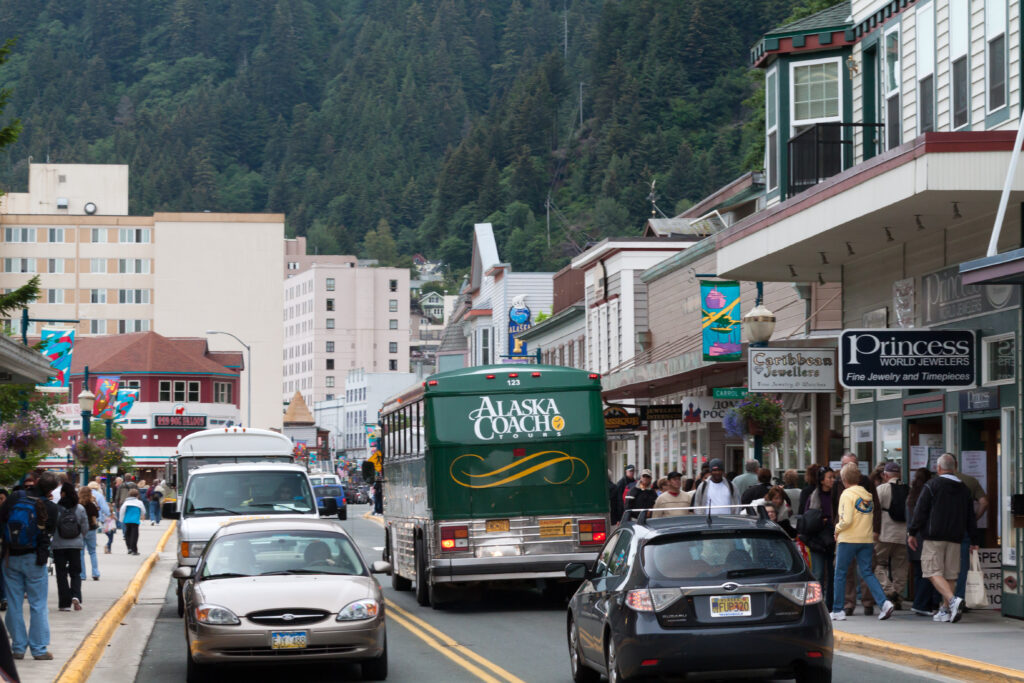
Juneau used to be all about that rugged frontier charm—think fishing boats, glacier tours, and quiet evenings under the midnight sun. Now, between April and October, cruise ships disgorge more passengers than the town’s 32,000 residents, turning downtown into what one local activist dubbed an “amusement park” on ice according to The Guardian. Tour buses clog the roads, souvenir shops sprout on every corner, and you can barely hear the seabirds over the hum of helicopter tours. Noise pollution, traffic jams, and litter have become part of the Alaskan equation, and residents say it’s wrecking both their peace and the environment. In fact, Proposition 2—an initiative to cap cruise ship numbers—was narrowly defeated, leaving many to wonder if Juneau will ever go back to being the Last Frontier rather than a floating fairground.
Locals are split between “tourism is life” and “tourism is a knife to the heart”—some small businesses rely on that visitor cash, but at what cost? Restaurants struggle to staff up for seasonal crushes, while residents scramble for affordable housing as investors snatch up properties for short-term rentals. Environmentalists warn about damage to fragile ecosystems, from trampled tundra to oil spills in pristine waterways. Meanwhile, locals dream of an offseason that lasts more than two months and of reclaiming sidewalks that aren’t elbow-to-elbow with cruise-line T-shirts. The bottom line? Juneau may keep its economy afloat on cruise dollars, but residents are begging visitors to remember: you’re in someone’s backyard, so tread lightly—please.
3. Laguna Beach, California
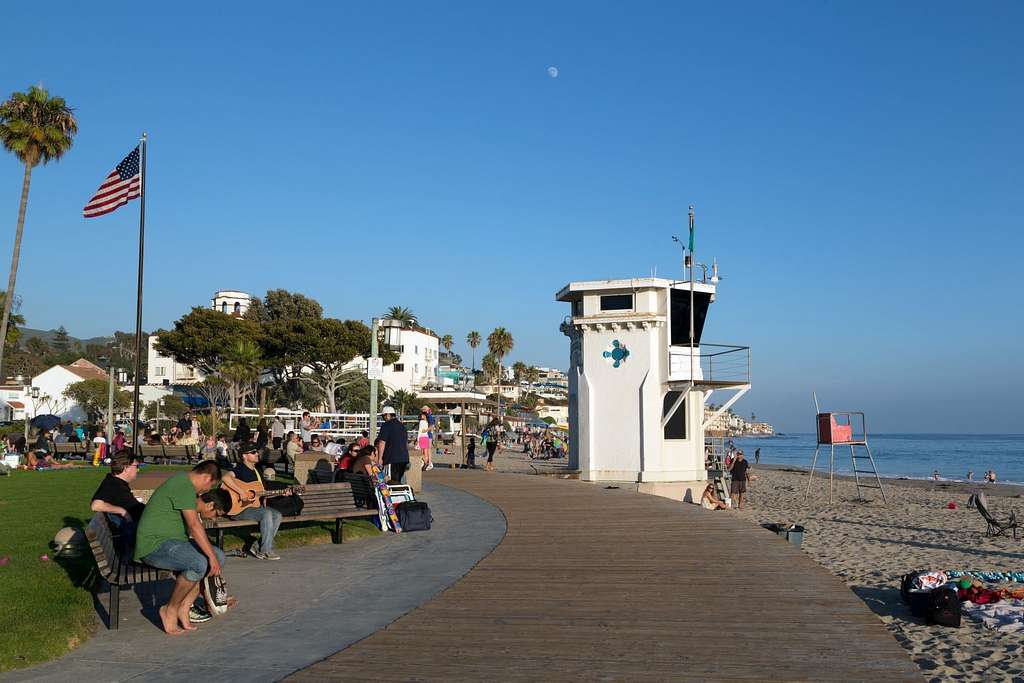
Imagine waking up to ocean views, walking barefoot to your local coffee shop, and then… realizing you’re competing for parking with six million beachgoers a year. Yep, Laguna Beach residents say post-pandemic crowds have turned their quaint arts community into a trash-strewn, gridlocked nightmare. Trash, traffic, tempers, tourists: that’s the headline of a scathing Los Angeles Times exposé on the “summer of discontent” in this coastal town. Beach bonfires, cigarettes, and abandoned chairs line the sand, and Greg Viviani’s viral clean-up videos have locals wondering if they’ll ever see pristine tide lines again.
City Council ramped up fines for littering and smoking—up to $500 on your third offense—to try to scare visitors straight. But no one’s fooled: you can fine a lens-wielding tourist, but you can’t make them care. Efforts to stagger beach access with timed tickets crashed harder than a rogue wave, and some residents have even taken to cordoning off “their” stretch of sand. With real estate already stratospheric, the last thing locals wanted was to share their beach bungalows with out-of-towners who treat Pacific Coast Highway like a personal runway. For many, the dream of living beachside has turned into a cautionary tale: be nice, or pay the price—in both fines and lost serenity.
4. South Lake Tahoe, California
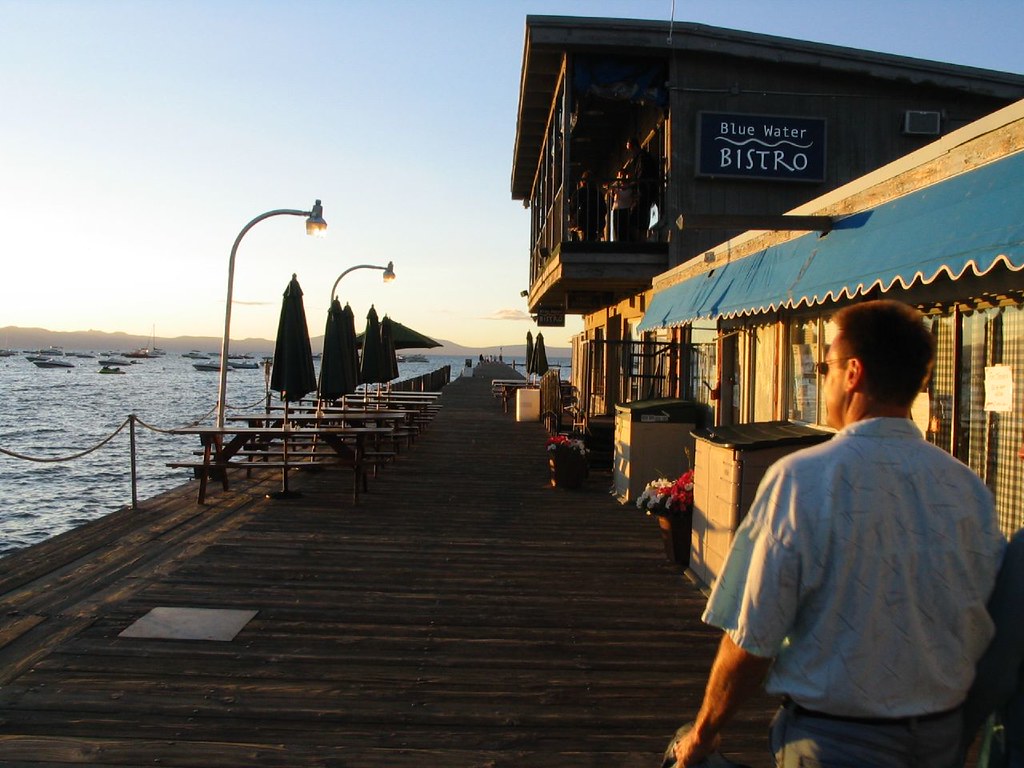
Believe it or not, the tech-bro work-from-anywhere crowd turned Lake Tahoe’s glacial waters into Silicon Valley’s second office pool. When remote workers decamped en masse for mountain views and “productivity,” housing prices lurched into the stratosphere and local service staff got priced out of their own neighborhoods. As Bloomberg reported, at least six properties went from family cabins to vacation lets, sparking protests and bitter town hall debates over “overtourism” in the lake region. For every local who cheers the booming economy, another bemoans that Tahoe has a “people problem”—crowded trails, endless traffic jams, and Airbnb-fueled housing shortages.
The city’s latest Destination Stewardship Plan aims to spread visitors around by promoting lesser-known trails, but critics say it’s too little, too late. Casinos and ski resorts rake in record profits on peak weekends, while first responders struggle through gridlock when emergencies strike. The new annexation war with Vail Resorts (yes, that Vail) is all about forcing big corporations to pay their share of infrastructure costs—because right now they tap Tahoe’s roads and services without ponying up tax dollars. Locals hope tougher regulations, steeper rental taxes, and off-season incentives will finally tip the scales back in their favor. Until then, if you come for the lake, pack some patience—and maybe a tent outside city limits.
5. Forks, Washington
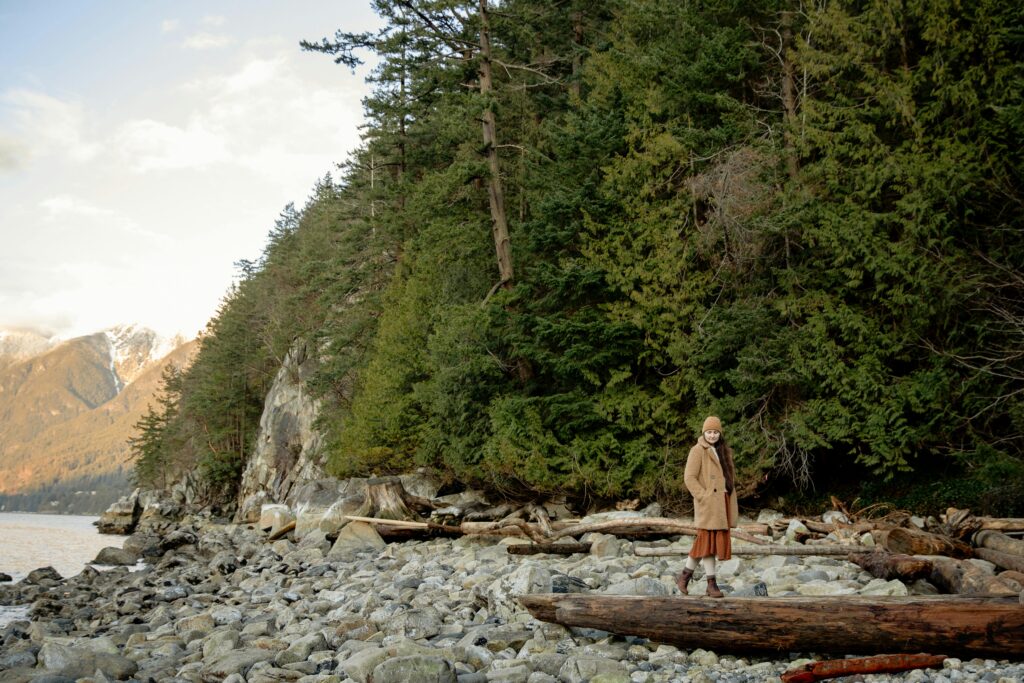
Thanks to “Twilight,” this logging town went from 5,000 residents in 2005 to a staggering 66,000 annual visitors—most wielding flashlights for fictional vampire hunts. Locals now joke about “vampire tourism” overrunning downtown, with tourists crowding diners at 8 AM and asking for night-vision tours of local schools. One resident lamented having to field questions like, “Where’s the Cullen house?” before she’s had her coffee—hardly the quiet coffee-shop vibe she signed up for, according to the New York Post’s coverage of the backlash. Novelty-shop tchotchkes line Main Street, and the Chamber of Commerce can’t decide if the cash is worth the chaos.
While some businesses have thrived on “Twilight” tie-ins, multigenerational families complain that the constant hoards have stripped the forest of its solitude. Haunted-house tours have been replaced by hoodie-clad strollers and selfie lines so long they’d make Edward Cullen wait. Attempts to host off-season festivals have failed to spread out the crowd—giving locals just two months of quiet before the next vampire-obsessed brigade descends. Forks may have bitten off more than it can chew, and right now, residents just want one thing: an actual night in peace, without someone howling about a certain sparkling vampire.
6. Asheville, North Carolina
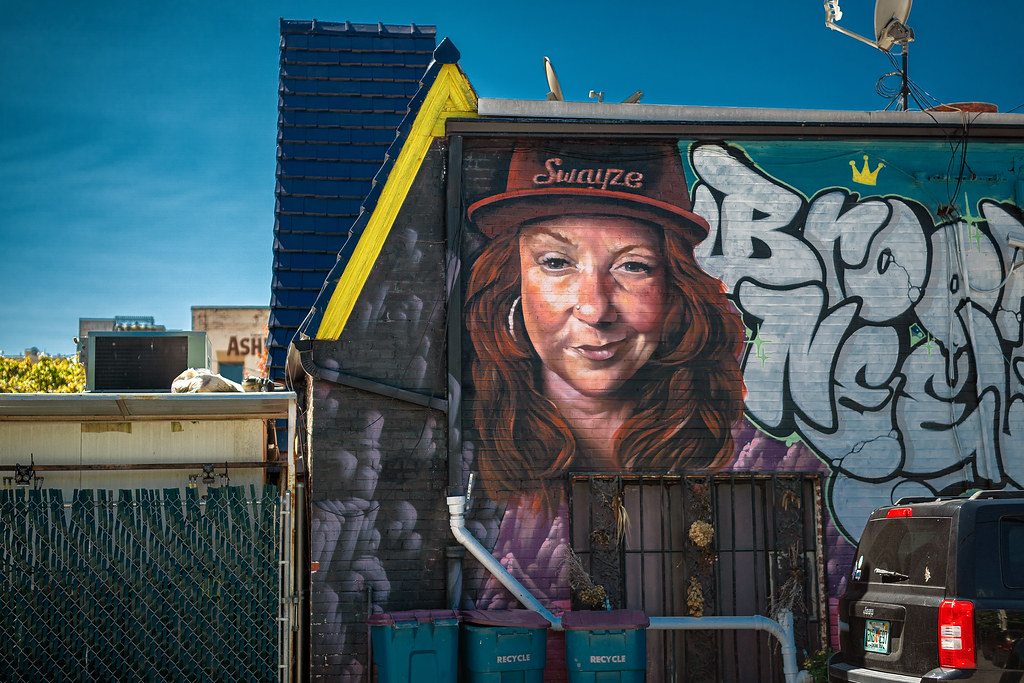
You come for the craft breweries, Blue Ridge Parkway views, and a pinch of boho-chic, but stay for the chicken-and-waffles scene—until summer hits and downtown’s overrun by music-fest junkies and rental-home expansions. Now, lineups for tacos are three hours long, traffic crawls like molasses, and artists who once found affordable studios here are priced out. Locals quip that Asheville is becoming “Portland Lite,” minus the hip charm and with fewer parking spots. In short, the city that thrived on growth now groans under the weight of its own popularity.
What was once a hidden gem on the East Coast craft-ale map is now forced to contend with day-trippers hogging brewery patios and weekend-warrior hikers clogging up the Blue Ridge. Short-term rentals have sprouted in historic neighborhoods, replacing family homes with Airbnb units that cater to Instagram influencers more than grandchildren. With new condo complexes lining Tunnel Road, some longtime residents now feel like tourists in their own hometown. Whether you love it or hate it, this artsy enclave is learning that fame has its price—and for Asheville, that price is a little too steep.
7. Key West, Florida
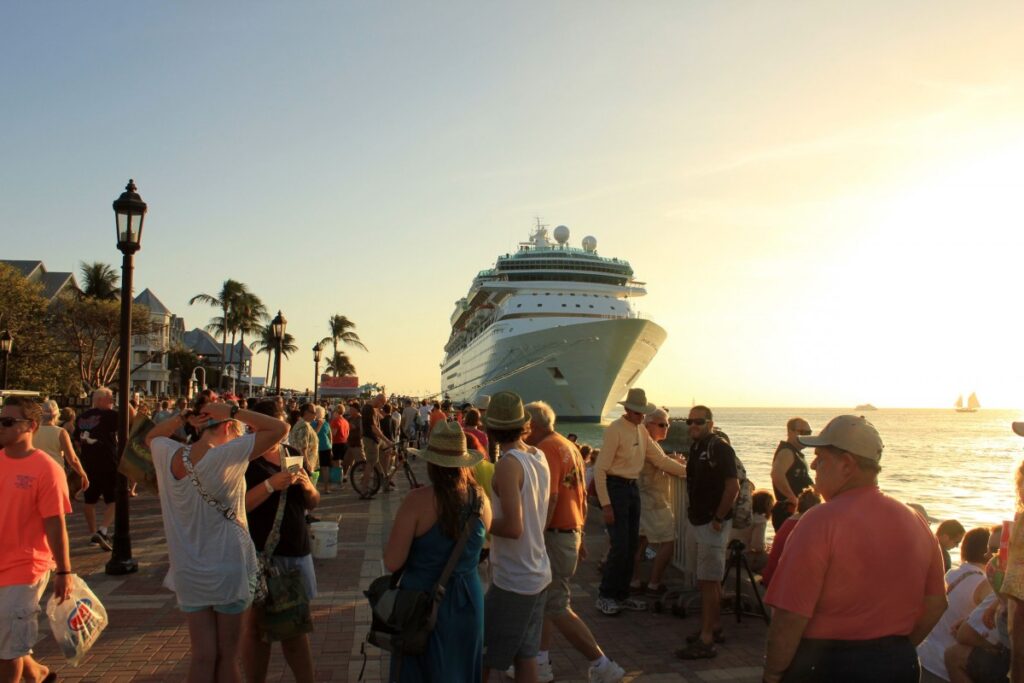
Once a laid-back island playground for Hemingway lookalikes and beach bums, Key West has become the cruise-ship embarkation queen and spring-break central. You can’t walk Duval Street without weaving through oversized tour groups snapping photos of everything from bar signs to sleeping roosters. The local fish population isn’t the only thing feeling the squeeze—roads choke on buses, and Mom-and-Pop dive bars have morphed into chain-store outlets selling t-shirts and margaritas. Locals gripe that the town’s quirky soul is now sealed behind velvet ropes and souvenir stands.
When the sun sets, the party’s only halfway done: pyrotechnics from passing liners light up the sky, while overpriced seafood joints cater to dollar-hungry tourists. Key West’s cost of living has ballooned, driven by second-home buyers treating it like an all-year-round Airbnb opportunity. Schoolteachers bus in from mainland Florida, while service workers struggle to find anything under a three-bedroom mortgage. And don’t even get them started on the three-hour waits just to have your photo taken next to that rusted, one-eyed pirate statue downtown. It’s official: the southernmost point in the continental U.S. is feeling less like home and more like a theme-park outpost.
8. Myrtle Beach, South Carolina
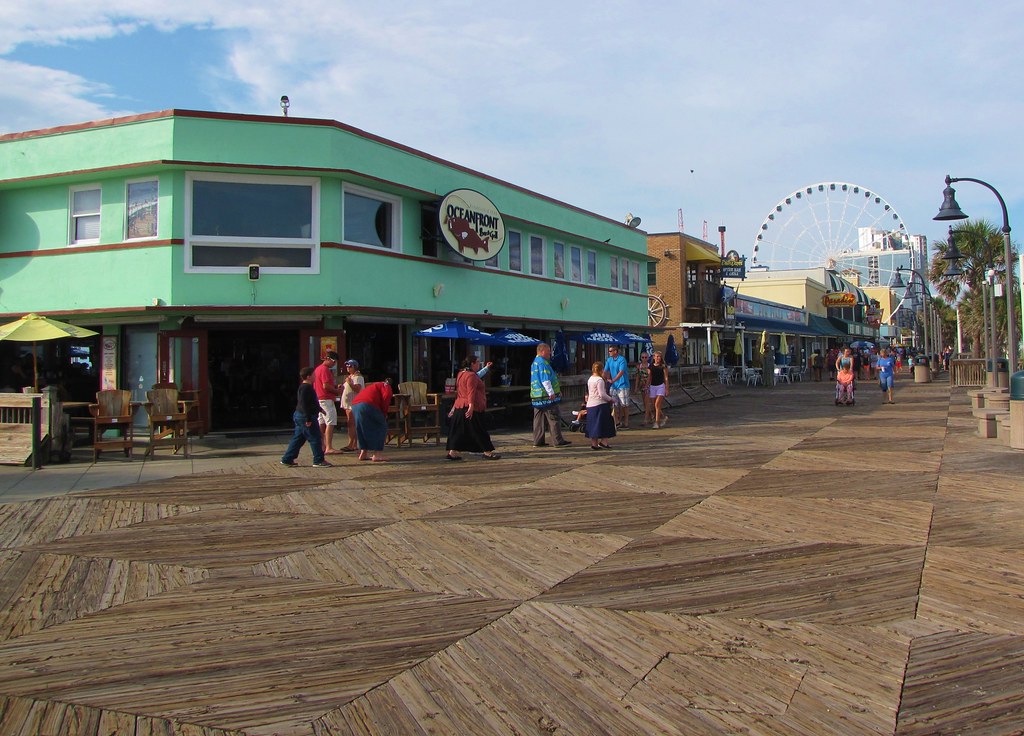
What was once the “Grand Strand” for family getaways has turned into a gaudy gauntlet of mini-golf, Times Square–style arcades, and chain restaurants. Beach wheelchairs and sunscreen kiosks stand guard on every sandy inch, and if you’re craving coastal serenity, plan for sunrise before the first boogie boarders arrive. Locals joke that the town is basically “one long motel lobby,” complete with neon lights and more karaoke bars than you can shake a flip-flop at.
Tourist-trap eateries serve bottomless shrimp baskets while locals fill their gas tanks in town to avoid the visitor surcharge at beachfront pumps. The famous Boardwalk hosts nightly fireworks paid for by hotel taxes—a spectacle locals admit they don’t mind, except when they’re dodging confetti while trying to walk Fido. Meanwhile, beachfront condos sit empty eight months a year, owned by investors cashing in on summertime mania. It’s the spun-sugar version of paradise, and for many who grew up here, it’s lost its sweetness.
9. Bar Harbor, Maine
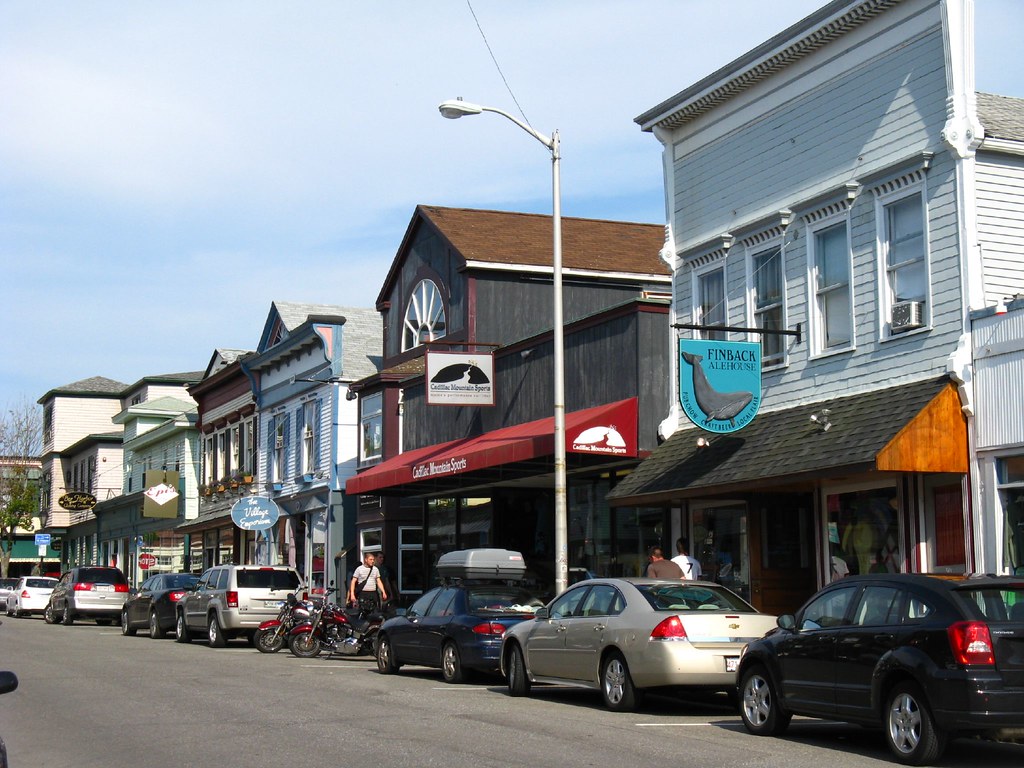
Bar Harbor was once a whisper of seaside charm—lobster shacks, rugged coastlines, and Acadia’s granite peaks beckoning hikers. Now, it’s the bottleneck entrance to Acadia National Park, where license-plate bingo meets jam-med roads and sold-out inns. The town pack-and-stacks tourists at dawn for Cadillac Mountain sunrises, leaving locals sipping coffee behind drawn curtains. Every cafe menu reads like “lobster roll, lobster roll, lobster roll, lobster roll…” and once-peaceful byways morph into bumper-to-bumper lines of rental-car convoy.
Local shop owners tear their hair out juggling higher rents and peak-season staffing chaos, while year-round residents chase parking spots like they’re golden tickets. Craft breweries serve as unofficial amphitheaters for park-bound crowds, and short-season festival organizers can’t keep up with ticket demand. For many Mainers, Bar Harbor feels less like “Vacationland” and more like “Vacay-zone,” where the locals circle September like an overdue rent notice—an awaited respite from the summer surge.
10. Carmel-by-the-Sea, California
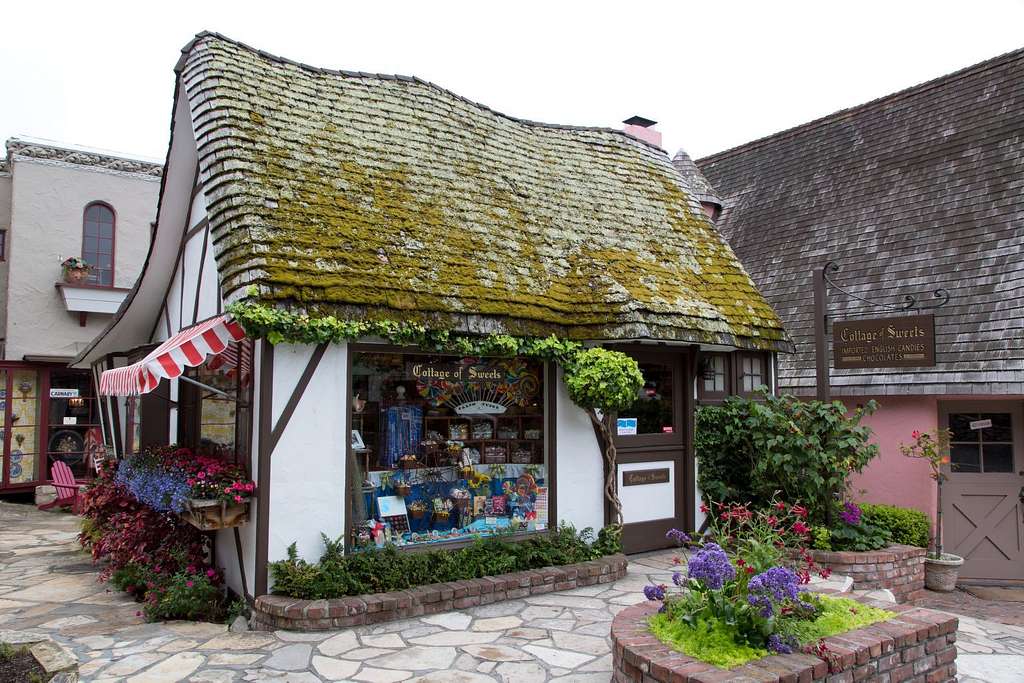
Picture cobblestone streets, fairy-tale cottages, and a fog-kissed coastline—Carmel used to feel like stepping into a storybook. Then came luxury hotels, pricey restaurants, and tour buses unloading selfie squads at every vista. The quaint lanes are now clogged with Teslas and Tourons (that’s “tourist morons,” if you’re not fluent), and parking on Ocean Avenue is practically performance art. Locals lament that a town built on artistic roots is now a backdrop for engagement-ring selfies and overpriced truffle fries.
Once-quiet wine-tasting rooms have expanded into glossy tasting halls, honeymooners elbow out gallery-owners, and second-home investors treat their cottages like ATM machines. Even the iconic fairy-tale cottages get snapped up by people who visit twice a year and make Zillow jealous the rest of the time. For those who fell in love with Carmel’s Narnia-style lanes and chapel-pew-sized beaches, the magic has worn thin under the glare of headlamps and iPhone flashes.
11. Savannah, Georgia
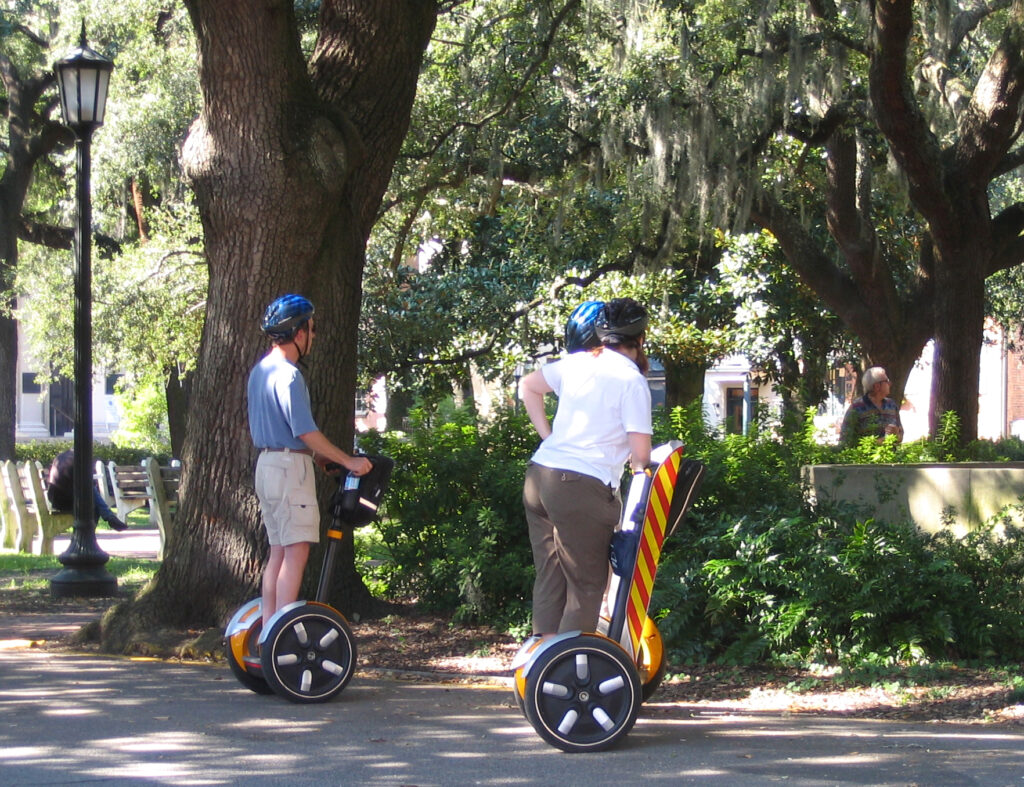
Savannah’s moss-draped oaks, historic squares, and antebellum charm once lulled you into a cinematic Southern dream. Today, the city teems with trolley tours that sound like carnival barkers, and airfare-priced B&Bs cater to bachelorette parties more than history buffs. River Street’s cobblestones now echo with clinking over-priced cocktails and “Phantom of the Opera”–style ghost tours—locals say there’s more spooking in the gift shops than in the cemeteries.
Neighborhoods where great-grandparents once strolled now feel curated for the Instagram crowd, complete with wrought-iron benches and picture-perfect magnolias. Shrimp-and-grits hangs next to questionable hush-puppy fusions aimed at tourists craving “authentic” Southern flair. Some residents joke that Savannah is becoming “Little Disney South,” minus the Mouse, plus lots of manners. And while locals appreciate the tourism boost, they’re done with the toll it takes on parking, sidewalks, and that sweet Savannah slow-roll.
12. Honolulu, Hawaii
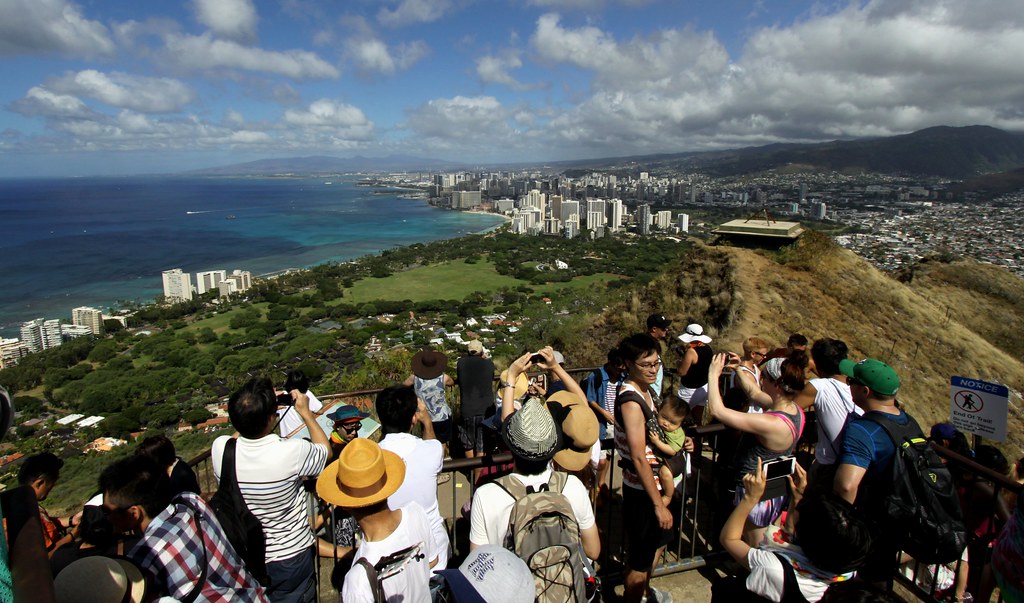
Powder-white sands, swaying palms, and surfers carving perfect walls of water—until you realize Waikiki is one giant resort cluster, and flights off-peak cost what a modest home does on O‘ahu. Tourists snap photos of Diamond Head like they’ve never seen a volcano before, then spill onto the beach by the thousands, displacing locals from their own playground. Honolulu’s keystone traditions—lei-making, hula circles, and plate-lunch dives—now share space with luau spin-off dinners and “authentic” Hawaiian-fusion hotspots charging mainland prices.
Island fever hits when traffic crawls for hours on H1, and grocery lines outlast the sunset. Short-term rentals have stripped WaikÄ«kÄ« neighborhoods of local families, forcing elders into low-income complexes miles away. For newcomers, it’s paradise; for kama‘Äina, it’s a constant negotiation between welcoming visitors and preserving culture. And yes, parking on a Sunday can feel like hunting feral pigs in the backcountry—utterly impossible.
13. Portland, Maine
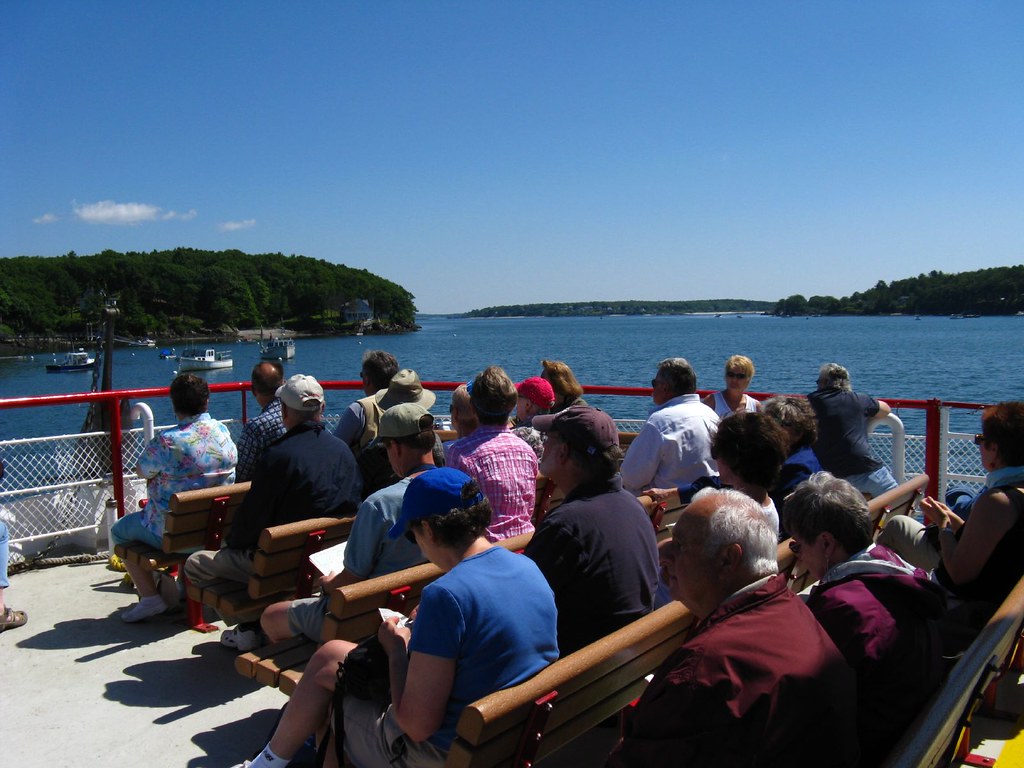
Not to be confused with Oregon, Portland, Maine once offered peace, lobster traps, and indie bookshops along the Eastern Promenade. Now, brew-pub chatter and food-truck crawls draw crowds that shuffle through the waterfront like sardine schools. Tourists treat Maine as a day-trip zone, inhale lobster rolls, then vanish before sunset—leaving behind traffic, parking tickets, and the faint scent of craft IPA.
Local ferry operators and fishermen lament that the maritime traditions they rely on for income are being boxed out by “ocean-print” tote bags and generic souvenir stands. Narrow cobblestone side streets aren’t designed for intercontinental cruise-lin
ers… yet daily ferry shuttles feel like a big yacht convoy by comparison. While visitors boost the summer economy, year-round Mainers wonder when Maine will get its own off-season—not to mention some elbow room.
14. Park City, Utah
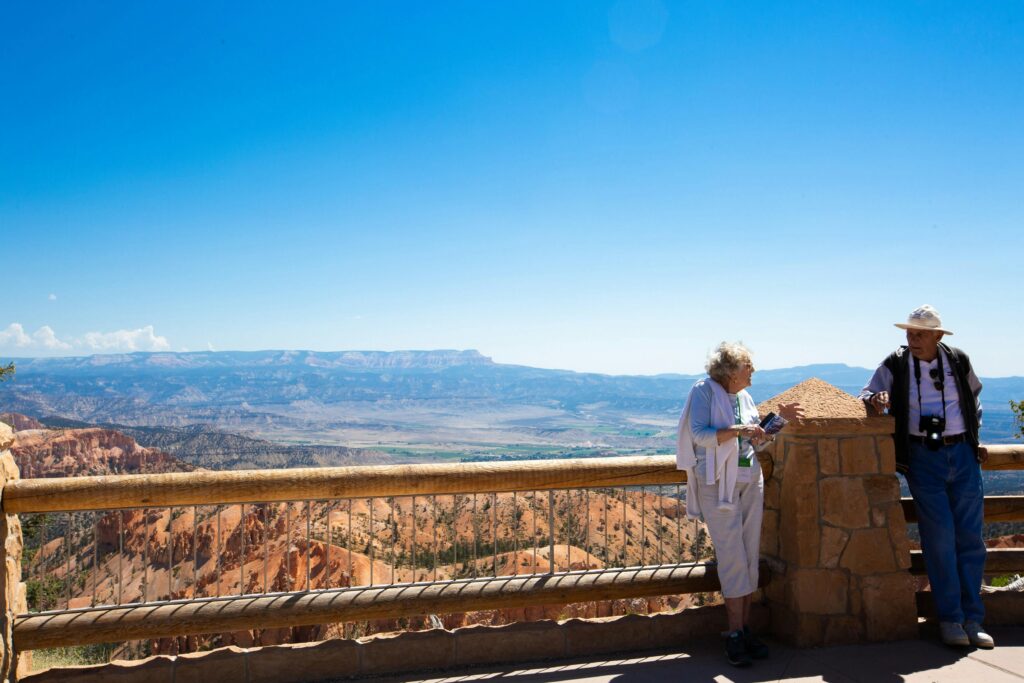
Ski-town fairy tales fade fast when lift lines stretch into lunchtime, and slopeside condos go for seven figures. Park City’s Main Street bustles with winter tourists in designer parkas, crowding apres-ski bars and staking claims on powder stashes. Locals joke that the Sundance Film Festival is just an excuse for Hollywood to buy out the town’s best tables and forget they live there.
Summer brings mountain bikers, music festivals, and more vacation-home folk who barely recognize the local grocery store clerk. Housing has morphed into a speculative playground: sell your rancher to a developer, buy two condos, and you’re set—unless you live here year-round. Service workers commute from Ogden or Salt Lake City, and the town’s character seems as ephemeral as a mountain mist. Park City might still be gorgeous, but for many who call it home, it’s now a pricey postcard rather than a real place.
This article is for informational purposes only and should not be construed as financial advice. Consult a financial professional before making investment or other financial decisions. The author and publisher make no warranties of any kind.





